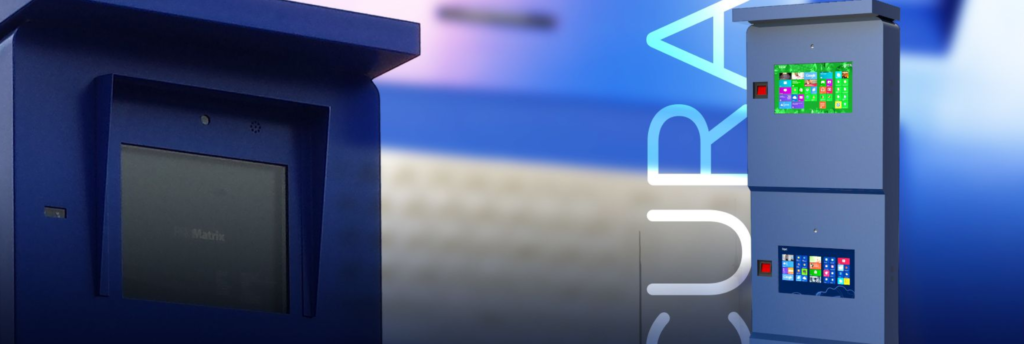Logistics operations: new opportunities in a changed world
The global COVID-19 health crisis has changed the way we communicate and collaborate, in ways we couldn’t have predicted. From one day to the other, social distancing has become the standard. Keeping physical distance is now a default. The months ahead will be trying and hazardous. It is already certain that new outbreaks of the virus will emerge as economies reopen. Will you be ready to face that challenge?
Surving a second lockdown will not be a given for all companies
As not all organisations and companies were not able to guarantee social distancing on the work floor, they were forced to temporarily suspend their operations. The result was a decrease of revenue while costs kept on running, or even worse: bankruptcy. All these organisations will have to operate in a ‘new normal’, where only a small number of employees can collaborate on the same floor space.
What is this ‘new normal’?
Here’s four dimensions to consider:
- Rethinking social contracts: during a crisis, the government plays an essential role, trying to protect its people and organizing a response according to the threat. This power shift transforms long-held expectations about the roles of individuals and institutions.
- Defining the future of work and consumption: the crisis has propelled new technology across all aspects of life, from e-commerce to remote-working and -learning tools, including Alibaba’s DingTalk, WeChat Work, and Tencent Meeting, and this is just in Asia. New working and shopping practices will probably become a permanent fixture of the so-called ‘new normal’.
- Mobilizing resources at speed and scale: within weeks, China added tens of thousands of doctors and even more hospital beds. Several governments around the world invested in new tools to map transmission and rolled out huge stimulus plans to stimulate the economy.
- Moving from global enterprises tot more local enterprises: the pandemic has exposed the world’s risky dependence on vulnerable nodes in global supply chains. China, for example, accounts for about 50 to 70 percent of global demand for copper, iron ore, metallurgical coal, and nickel. We could see a massive restructuring as production and sourcing move closer to end users and companies localize their supply chains.
“We will have to move from ‘global’ to ‘local’ and technology will help us do that!” – Frederik Winters, CBO RiskMatrix
As companies need to both recover and re-orientate, efficiency and getting results is now more important than ever. Employees will need to be more productive per capita, without burning them out. Companies will need to do this whilst doing a cost cutting exercise. So, local production will increase while global transportation may decrease. Logistics operations will have to reorganize and adapt itself to this new reality. While continuously increasing the safety level of their environment and infrastructure, these companies are on a constant lookout for means and technology to enable a physical distance between their staff and site visitors.

LOGISTICAL COMPANIES ASK:
“HOW CAN WE USE TECHNOLOGY TO ADAPT TO THIS ‘NEW NORMAL”
This is where CURA steps in. It is an innovative Logistics Yard Management solution that has a proven track record in warehouses, at production sites and for transport service providers. CURA is a cloud based technology solution that enhances the operations of transport on site, starting from the transport booking announcement, over the live track and trace of the truck’s arrival until the truck leaves the premises.
Expanded with a transport supplier communication module, CURA enables mobile registration, communication, site access control, too early/too late management, on site flow control and digital road paperwork handling. This in full autonomy without the need of staff intervention: simple and safe to use. The CURA solution is always tailored to the client’s needs. The building blocks are there, how they are assembled is enhanced to fit logistical needs. To enable full process control on logistics site management, the process is fully automated. This approach ensures correct data and flow processing through smart applications that enable physical distancing between the staff and registrants.
That is why all physical and virtual kiosks that will guide and inform truck drivers on-site will communicate with a web application and with mobile applications, adapted to the client’s process requirements. Flow control is ensured by the web applications’ instructions towards the kiosks.
Learn more about CURA.
Contact us to enable this technology at your company!
Are you ready to transform your organisation?
REGO for smart visitor management
CURA for better logistic yard management
Get smart today with our cloud solutions
